Scroll down to see detailed information on the appropriate habitat:
Cage
Heat Source
Bedding
Litter Box
House/Igloo/Hide
Exercise
ToysWater Bottle
Habitat

Cages
Cages with a 30 in. x 18 in. base is acceptable if your hedgehog gets daily out of the cage time. This is the MINIMUM and MAXIMUM size cage. Anything smaller, the accessories will not fit in the cage. Anything larger than 36 inches will not be accepted. You will stress out your hedgehog in larger spaces.
Modified plastic storage bins contain harmful chemicals and are not meant to house animals! Plastics, especially those that are inexpensive and made to store things like blankets and Christmas ornaments contain toxic chemicals like Polycarbonate, bisphenol A BPA), Polystyrene, Polypropylene, low density polyethylene (LDPE), nonylphenol, lead, phthalates, mercury, dioxins and cadmium. When heated, these chemicals leach out from the plastic and cause cancer, diabetes, obesity, metabolic disorders, harm lungs, liver, and negatively affect the immune system. Should you choose to use this type of housing I will not sell you a hedgehog. Storage bins also do not allow enough airflow. If you are in the Portland/Vancouver area we have WAY too much humidity for bins to be used long term as it creates a tropical environment for your desert hedgehog.
NOTE: A baby will not go home unless the MINIMUM cage requirement is met. Later use of an inappropriate cage will VOID the health guarantee.
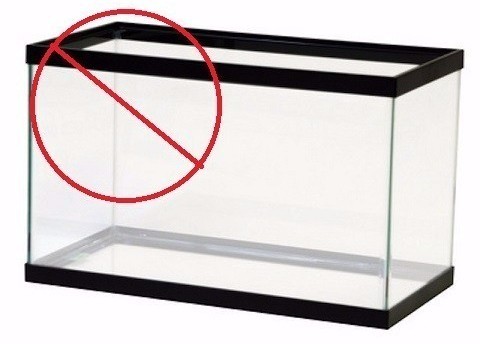
Aquariums are NOT suitable as they do not allow adequate airflow, which causes too much humidity for your desert hedgehog. The size you would need to house a hedgie would be too heavy for one person to lift and clean.
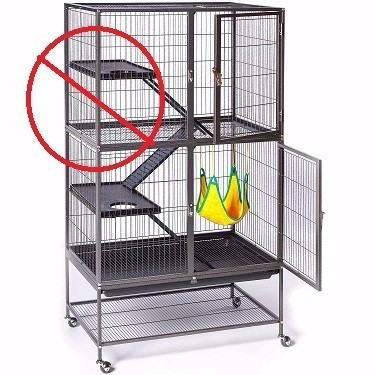
NO Ramps or levels. Hedgehogs are ground dwelling animals and need horizontal space, not vertical. Hedgehogs also have NO depth perception and will walk off ramps and levels risking injury or death.
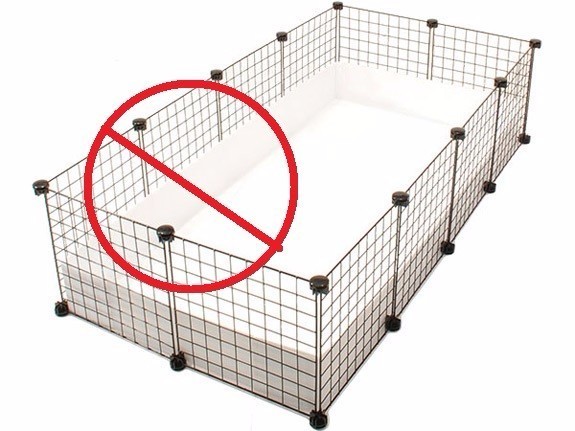
Storage cube or C & C cages are not a good choice for housing a hedgehog. I used to accept modifications to make these hedgehog worthy but after recent deaths I will not allow this type of housing for my babies. The large space is stressful for smooth brained hedgehogs. Smooth brain animals react to their environment and the large space will cause your hedgehog to fear predators. Hedgehogs are not rodents and won't utilize the space.

Cages with a pitched or domed roof make it difficult to position your ceramic heat emitter towards your hedgehog. The shape of the roof will angle your heat everywhere but down on your hedgehog. NEVER place the ceramic heat emitter INSIDE the cage! Your hedgehog will get burned. Also, the ceramic Heater only heats about 16 inches away. These types of cages put the heat source too far away to keep your hedgehog at the proper temperature.
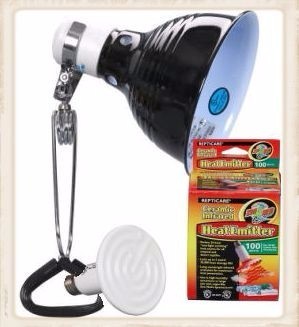
Heat Source
A hedgie MUST be kept at 75-80 degrees Fahrenheit. Hedgehogs will hibernate in nature when the temperature drops, and is often even fatal. Signs that a hedgehog is too cold and on the verge of hibernation are staggered "drunk-like" walking and appetite loss. If a hedgehog exhibits these symptoms, warm its surroundings gradually, and consult a veterinarian.
We recommend a 150 watt ceramic heat emitter (CHE) with an 8.5 in lamp (ceramic socket WITHOUT a dimmer switch).
In the Pacific Northwest, the Ceramic Heat Emitter (CHE) also helps dry out our humid air if used in an appropriate wire top cage. Hedgehogs come from the desert and heat + Humidity creates a more tropical environment.
A HEDGEHOG BABY WILL NOT BE SENT HOME WITHOUT PROOF OF A HEAT SOURCE.
NOTE: A hedgehog will not go home if there is not an appropriate heat source. NOT using a heat source ON THE CAGE or an inappropriate heat source will also void the health guarantee.
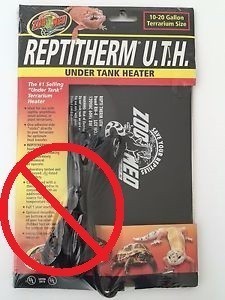
Under the tank reptile heat pads are not an appropriate heat source for a hedgehog. They are too hot and do not heat the ambient temperature of the cage. Heat pads also do not help dry out our Pacific Northwest air for our desert dwelling hedgehogs.

Human heating pads are not an appropriate heat source for a hedgehog. They are not meant to be on for more than 2 hours at a time without being a fire safety issue (the law requires a 2 hour auto shutoff). Like the reptile heat pad, they also don't heat the ambient temperature of the cage.
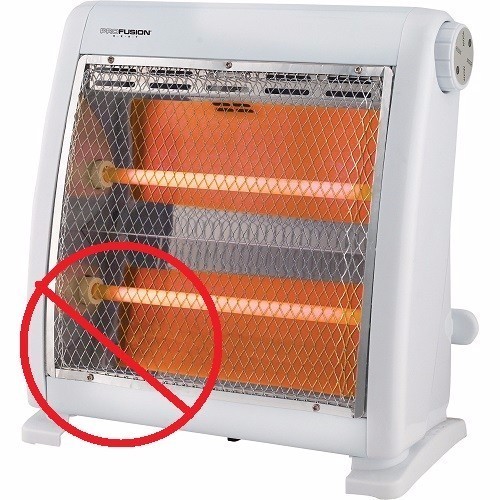
Heating the room is also not an acceptable method of keeping your hedgehog warm. The temperature in which a hedgehog is comfortable is too warm for humans to live comfortably and does not guarantee an accurate ambient temperature in the cage. If you heat the entire room to 80 degrees, the hedgehog will not have a cool side of the cage to escape to if it gets too hot.
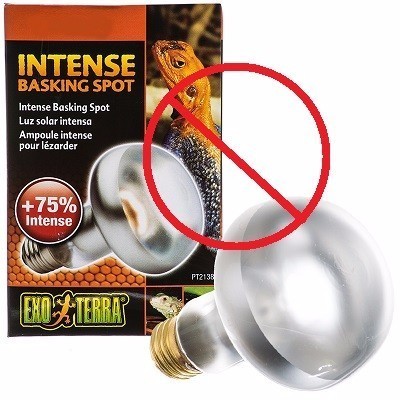
You CANNOT use anything that
emits light! Hedgehogs are nocturnal but need heat 24 hours a day. If your heat source emits light, your hedgehog may not come out to eat. Hedgehogs do NOT see in color, so it does not matter if your light is red, green, blue, etc. NO LIGHT.
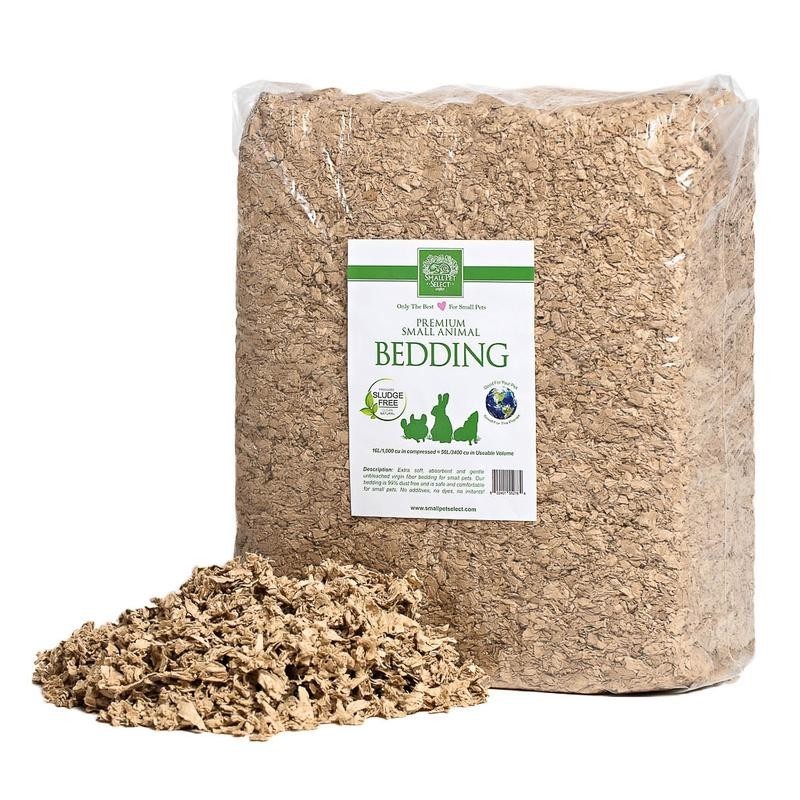
Bedding
Carefresh (recycled Paper Bedding) is good but virgin paper is the preferred bedding (click here to order virgin paper bedding). Avoid cedar and pine shavings. Cedar is TOXIC to Hedgies. Pine shavings are also a poor choice due to the abietic acid that burns their respiratory tract. Aspen shavings used to be an alternative source of bedding but I am seeing way too many bacterial and fungal infections being reported. I would highly recommend just sticking with the carefresh or virgin paper bedding.
Some people also use fleece or fabric liners to line the cage, this is NOT an acceptable bedding. Hedgehogs are diggers,
burrowers and love to turbo through their bedding. Some hedgehogs enjoy building a little nest with their shavings! Don't take away their innate joy by putting them on fleece liners... According to my exotic vet, it is CRUEL to use fabric for bedding and I agree. In Africa, hedgehogs did not have fabric liners in their habitat, don't put it in there now!
NOTE: The use of cedar, pine (accept for litter which they don't burrow in), aspen or fleece or fabric inside the cage will VOID the health guarantee.
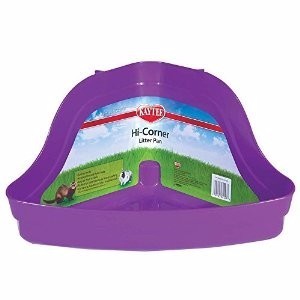
Litter box
Our babies are already using the litter box! A ferret sized litter box (7x10x13 in) with wood pellet bedding like dry den or Nature's Bedding should be provided for your hedgehogs primary bathroom area. Nature's bedding or Dry Den is a wood pellet used in horse stalls to soak up urine. It is available at your local feed or farm and ranch store. It may be sold under another brand name, but if you describe its original use to the clerk they will be able to assist you.
You will NOT want to use recycled paper pellets!!! Hedgehogs like to chew them up, spit them on their back and turn themselves into paper mache piñatas! The ink dyes their quills and it takes hours to scrub off.
DO NOT use clumping cat litter! Cat litter is a very small granule and gets stuck in the urogenital tract. Clay can also be ingested and cause bowel obstruction.
NOTE: I will not sell a hedgehog to someone using clay litter in the litter box. The use of cat or clay litter in your litter box after you purchase the hedgehog will VOID the health guarantee.
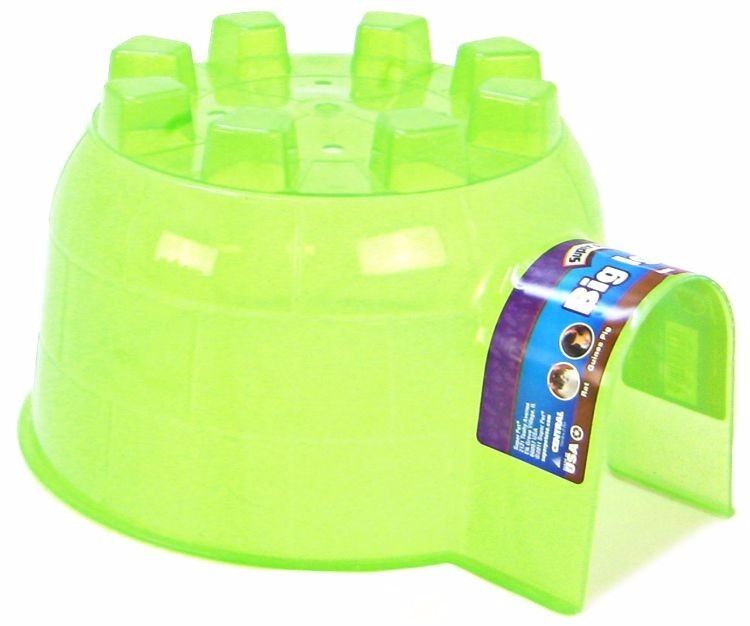
House/Igloo/Hide:
A Kaytee Igloo (not smaller than 12" x 10.5" x 6.25") , faux tortoise shell, or some other enclosed hiding place should be provided as a secure haven for your hedgehog. A hide that is large enough to put the food dish in and can be sanitized is necessary.
NOTE: I will not sell a hedgehog to someone who uses fabric inside the cage. Using fabric in the cage after you purchase the hedgehog will VOID the health guarantee. Fleece "sleeping bags" should never be used in the cage. Hedgies dig and burrow in them all night. The microfibers in the fleece can knit around their toes and cut off circulation. It only takes 6 hours to successfully kill the toes which will fall off.

If you decide to use a wheel...
I realize I won't be able to persuade everyone to use natural posture exercise like the Tunnel-Track. If you are still not convinced and would prefer a wheel you may introduce the wheel when your hedgehog is 20 weeks old. They are considered an adult at 20 weeks and their muscles and bones will have allowed to develop at the same rate.
An open sided, solid surface wheel should be at least 12 inches in diameter. We like the 12" Kaytee Giant Comfort Wheel. It is the largest wheel on the market with TRACTION. Hedgehogs have very slippery poop and should NEVER be put on a wheel without something to keep them from slipping.
The wheel should only be offered to your hedgehog 1-2 days a week MAXIMUM and only for an hour at a time. Hedgehogs do NOT have a flexible spine like a rodent and the 180 degree surface of the wheel can be very hard on their spine.
We do not recommend the following wheels and they will VOID the health guarantee:
Hedgehog on a flat surface.
1. Natural curvature of the spine.
2. Neck is in the proper position.
3. Legs are tucked and in proper position.
Hedgehog on the wheel.
1. Spine is flattened out stressing the back and pelvis.
2. Neck is in an upward position causing stress on the cervical vertebrae.
3. Not indicated by the taxidermy, however if this were a living hedgehog on a wheel, the front legs would be extended in an outward position. The extension is not the natural way a hedgehog walks. Muscles in the back are formed that are not natural for the hedgehog to develop.
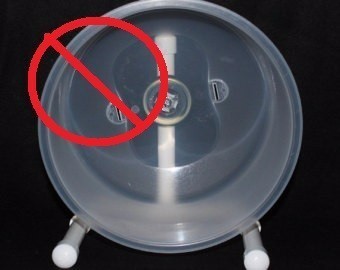
Homemade bucket wheels are not the best choice unless you put some type of traction in the wheel to avoid hip and knee dislocation or injury from running in slippery poop. Hedgehogs have stool very similar to SOFT kitten poop and it smears onto the wheel. Thus, making the slick plastic of a bucket wheel a very dangerous surface for a hedgie to run on without any added traction. Not to mention the diameter is usually smaller than 12" making the 180 degree running surface not safe or natural for the hedgie's spine.

Another bad choice is the "silent spinner" as the seam between the two different colored plastics catches toes and paws.
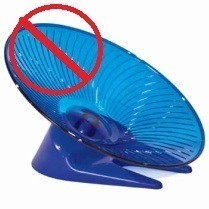
Another bad choice is the "flying saucer" as the angle is not good for a hedgehog's spine, hips and knees.

Hedgehogs do NOT have flexible spines like rodents and should NOT be put into these balls. Hedgehogs also don't have depth perception and therefore often panic inside these exercise balls.
Toys
Hedgehogs like to discover things in their cage. Toys should be included in their enclosures for cage enrichment. Hedgehogs won't play with toys like a cat but they are curious about new items and like to check them out. Rotating a toy every couple of days can keep it interesting for them. Cat toys, ping Pong balls, hard plastic Easter eggs and toilet paper tubes (cut up the side to prevent strangulation) are good toy choices. Toys that can easily be chewed up into little pieces and ingested should be avoided.
NOTE: I will not sell a hedgehog to someone who uses any wheel/ball we have determined inappropriate. A wheel in place before the hedgehog is 5 months old or a wheel kept in the cage more than 1-2x a week will VOID the health guarantee.
Exercise
Hedgehogs most certainly need exercise to stay healthy. However, they should not be using exercise wheels designed for rodents. Hedgehogs do not have a flexible spine like a rodent and can injure their back on the 180 degree surface. Many people use the wheel and will argue that they are an acceptable source of exercise. I strongly disagree and feel that people who prefer the wheel probably don't have x-rays of their hedgie's spine.
The Tunnel-Track
We have designed a "Tunnel Track" that we use for out of cage exercise. The design takes into consideration that hedgehogs in the wild are preyed upon by everything and their instincts are to hide. In the Tunnel-Track your hedgehog feels safe! Running laps is done in their natural posture and safe on their back and joints. Below is a quick tutorial and sources for your supplies. Super easy to make! I do not make and sell these -my motivation is simply to share a safer exercise option for your hedgehog!
Supplies you need to build your Tunnel-Track:
1. Four 6 inch diameter 90 degree PVC hub to hub corners. You can order 6 inch PVC from HomeDepot.com (Click Here).
Pictured here is NDS 6 in. PVC 90-Degree Hub x Hub Elbow
2. Four 6 inch diameter PVC pipe in 2 ft sections. You will need to order it from HomeDepot.com (Click Here)
Pictured here is VPC 6 in. x 2 ft. PVC SDR-35 Riser Pipe
3. Optional safety food and water station can be added by inserting a Tee with a drain cap. This will require cutting the PVC pipe to insert this piece. You will need a saw to cut the 2 ft section and insert the tee. You will need to order it from HomeDepot.com (Click Here)
Pictured here is NDS 6 in. PVC Hub x Hub x Hub Tee and NDS 6 in. PVC Drain Cap
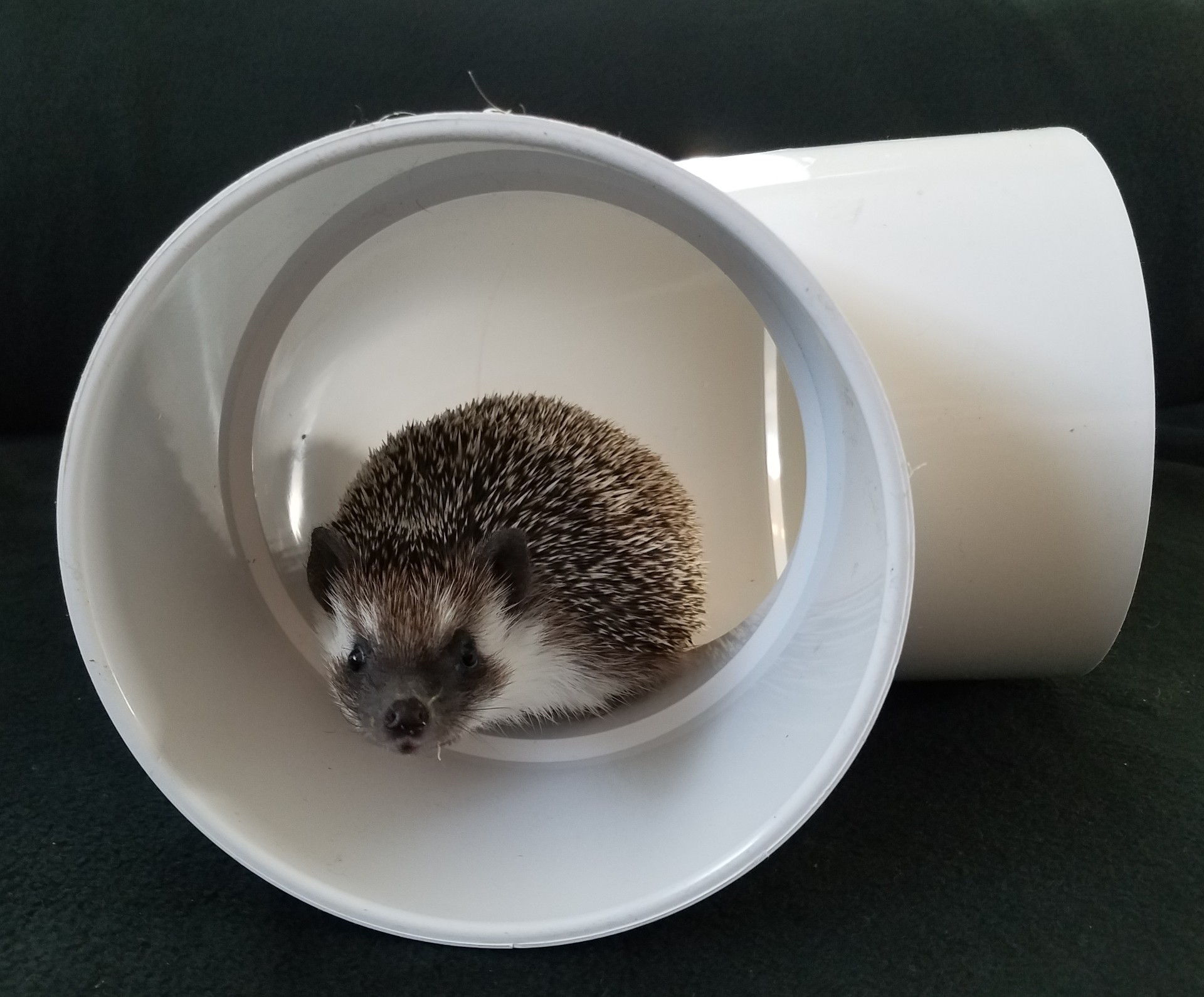
STEP 1
Order your 6 inch diameter PVC from Home depot.com.
Assembling the Tunnel-Track:
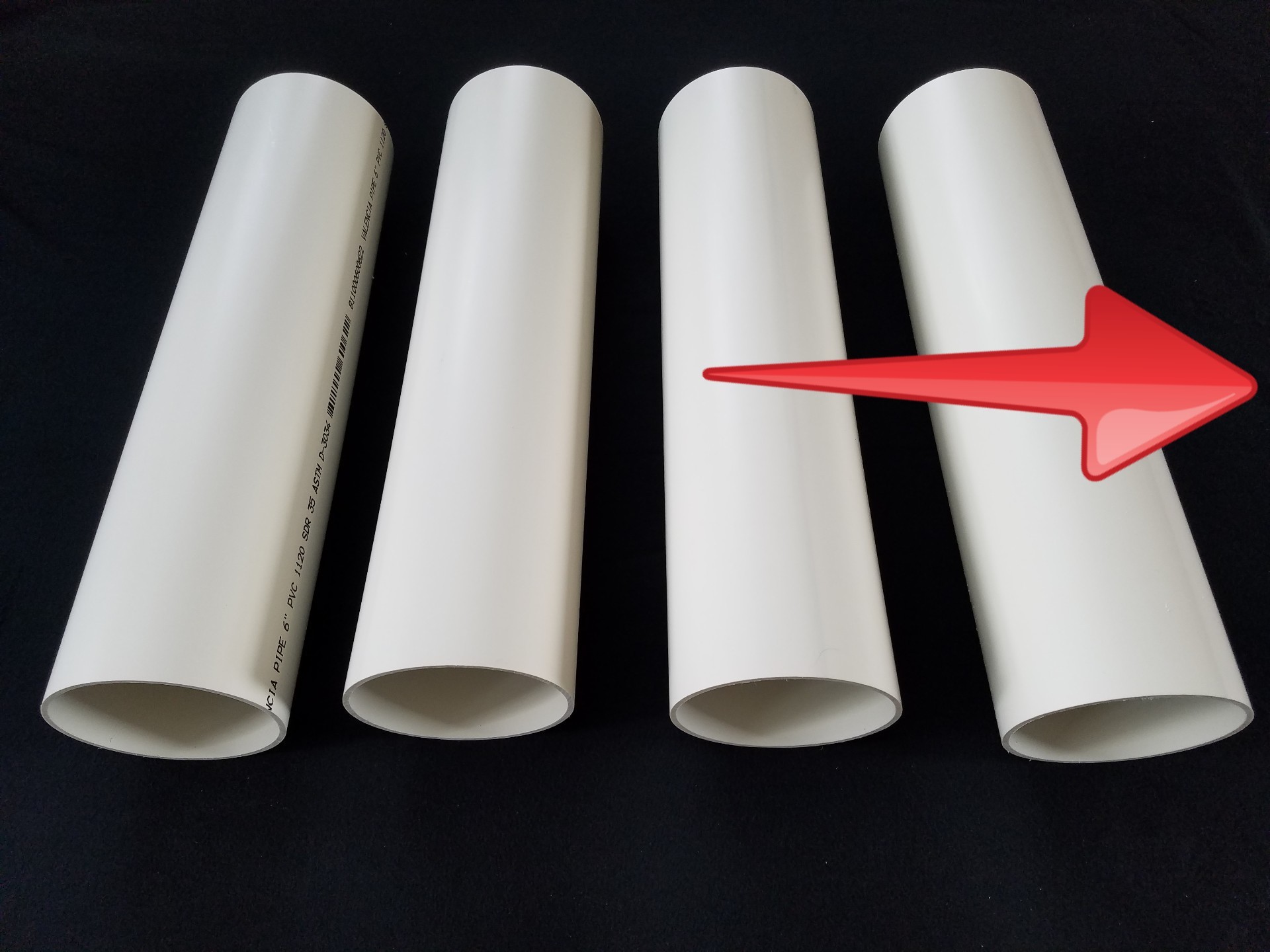
STEP 2
Drill a few holes in the 2 ft. sections of PVC pipe to let in the light. It is also helpful in seeing where your hedgie is within the Tunnel-Track.
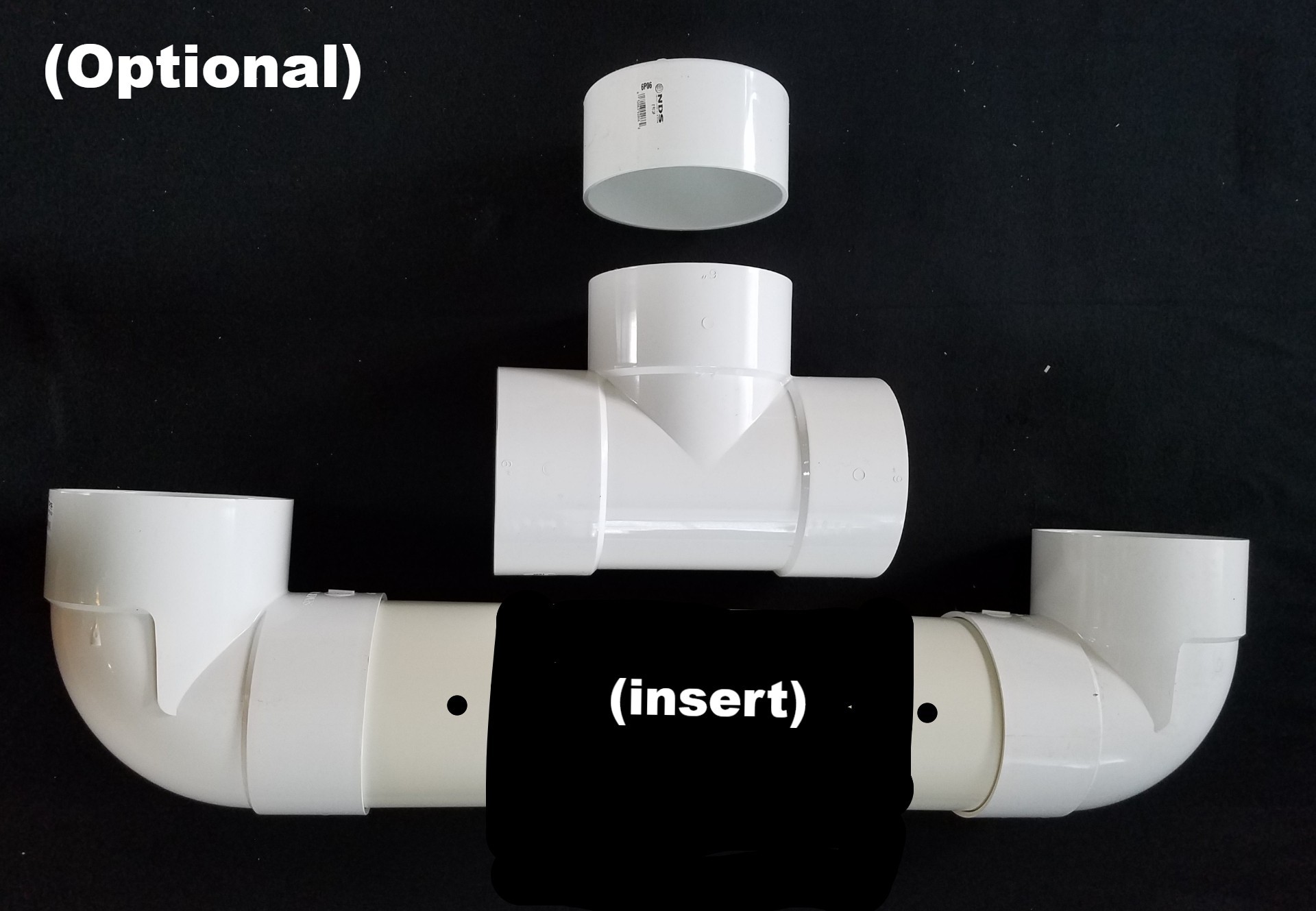
Optional STEP 3
To add a food and water station you will need to cut one of the 2 ft. sections in order to insert the tee section. From the
section of PVC you have removed, saw off a 2 inch piece so that you can attach the drain cap and prevent the hedgehog from escaping out of the food and water station.
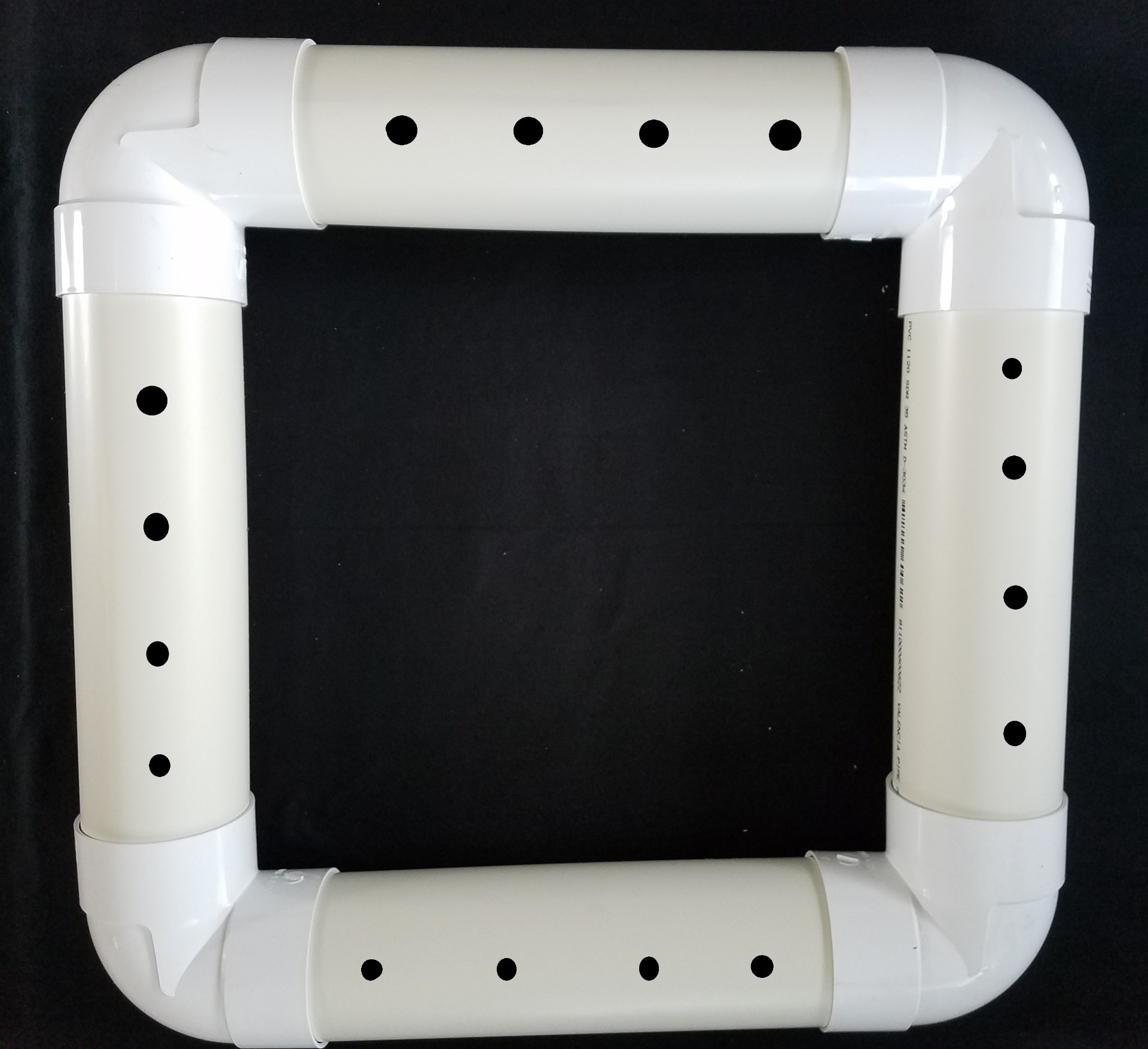
Step 4
Assemble your Tunnel-Track by attaching the corners to the 2 ft sections of PVC pipe. Before adding the 4th corner, place your hedgehog inside. I like to set a timer for an hour for their daily out of cage exercise.
I will not sell a hedgehog to someone who intends on using fabric in the cage whatsoever.
Water Bottle
Your hedgehog was raised on an Oasis BIRD water bottle.
The unique sipper tube functions like a water fountain rather
than a metal ball that spins to distribute water. These bottles
are extremely hard to find and as of March 2024 they are
no longer available through our pet supply distributer. You
can look at places like Amazon and Chewy for your own or
you can buy one from us for $10 while supplies last.
Please do not use a water bowl for your hedgehog. Their poopy little paws harbor a lot of bacteria. Not to mention, the bowl quickly fills up with shavings from rooting around.